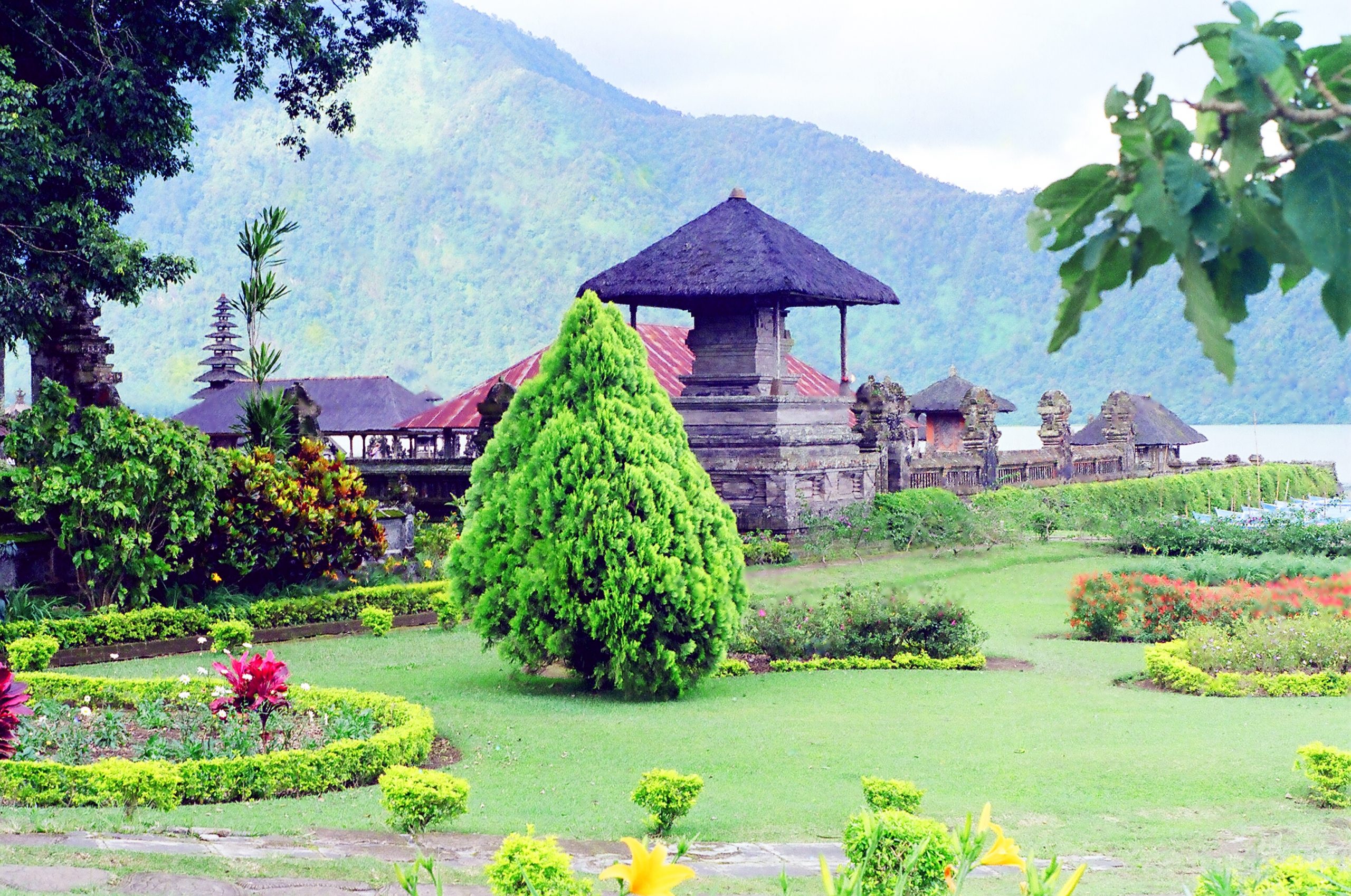Hyacinth is a colorful and remarkable plant, whose flowers give off a pleasant scent that will be noticed in your home. It can be planted in pots and planters, the hyacinth can also be part of the interior decoration, in addition to composing gardens and beds installed outside. With intense colors, the flower, whose height varies from 20 to 50 centimeters, has a size and beauty appropriate to be part of any environment of homes, commercial establishments and public places.

The hyacinth flower naturally diffuses a smoothing scent, providing a feeling of closeness to nature. Its lush and colorful bloom takes place in spring, especially in cold climates, where natural conditions allow the bulb to go through a dormant phase, which lasts all winter.
However, in warmer regions, the hyacinth only grows if it is subjected to an artificial dormancy process, a practice made possible by the professionalization of floriculture. This is the use of a cold room for the resting period which would allow the adaptation of the crop to hot regions.
The hyacinth is a plant with specific characteristics, with a bulb and four to six narrow, thick, shiny and long dark green leaves that grow at the base of the stem. Cylindrical and succulent, the stem of the inflorescence carries flowers with six petals grouped in the shape of an ear. They come to produce white, yellow, orange, pink, red and blue flowers.
Native to the Asian, African and European continents, the hyacinth has more than 60 varieties available for cultivation, giving the grower a wide range of options to take advantage of the growing flower market. If you want to learn more about how to grow this plant, you’ve reached the right place. Today, we bring you tips on how to cultivate the hyacinth. Enjoy the reading!
How to Plant Water Hyacinth?
Hyacinth bulbs should be purchased from approved nurseries, usually of foreign origin. It is not advisable to buy bulbs from local growers in places where such planting is not done professionally, especially if they are intended for commercial use. The bulbs are perennial and, with time, they start to have smaller and smaller inflorescences.
1.Environment
During the dormant phase, keep the bulbs out of the ground, in dry, ventilated places and without sun exposure. To stimulate its growth, expose it to colder climates (for example, air-conditioned environments). After this period, plant them in conditions of strong light, but without direct sun exposure, for the release of the leaves and the terminal inflorescence. If the intention is to plant them in gardens, the whole procedure should be carried out in autumn, so that the bulb receives the stimulus of the cold in winter and begins to germinate and flower in spring. Although it enjoys low temperatures, hyacinth does not tolerate frost.
2.Seeding

Choose bulbs that do not have defects or lesions, such as rot, and the largest, more than 5 centimeters, to be able to produce inflorescences of correct size. In the gardens, the plantation must be made in a well worked soil and enriched in organic matter. The bulb must be buried with the apex to a depth equal to twice its size and with a space of a palm between one and the other. When using individual pots for commercial production, it is recommended to use plastic containers (12 or 14) filled with a light, well-drained, fertile and moist substrate. Control the use of substrates rich in organic matter to avoid damaging the bulb.
3.Spread
It is done by separating the bulbs that are born around the mother bulb after flowering. Grow the bulbs in such a way that they develop without receiving any stimulus for flowering. When the bulbs reach a size between 6 and 8 centimeters, they must be stimulated to obtain larger flower stems. In artificial conditions, stimulation should be done by removing the bulbs from the ground and pruning the yellowed leaves and roots, for a period of rest. In a dry and ventilated environment, it is kept for four days, then stored in a refrigerated place between 4°C and 10°C for a longer period. The bulbs are planted when you want to start the production of flowers.
4.The Holes
Leave a space of 6 to 8 inches between the holes made in the fresh soil. The depth can vary from 10 to 15 centimeters.
There you are! With those tips you should be able to grow a hyacinth without trouble. What other plants do you already grow? Let us know your tips in the comments below.





